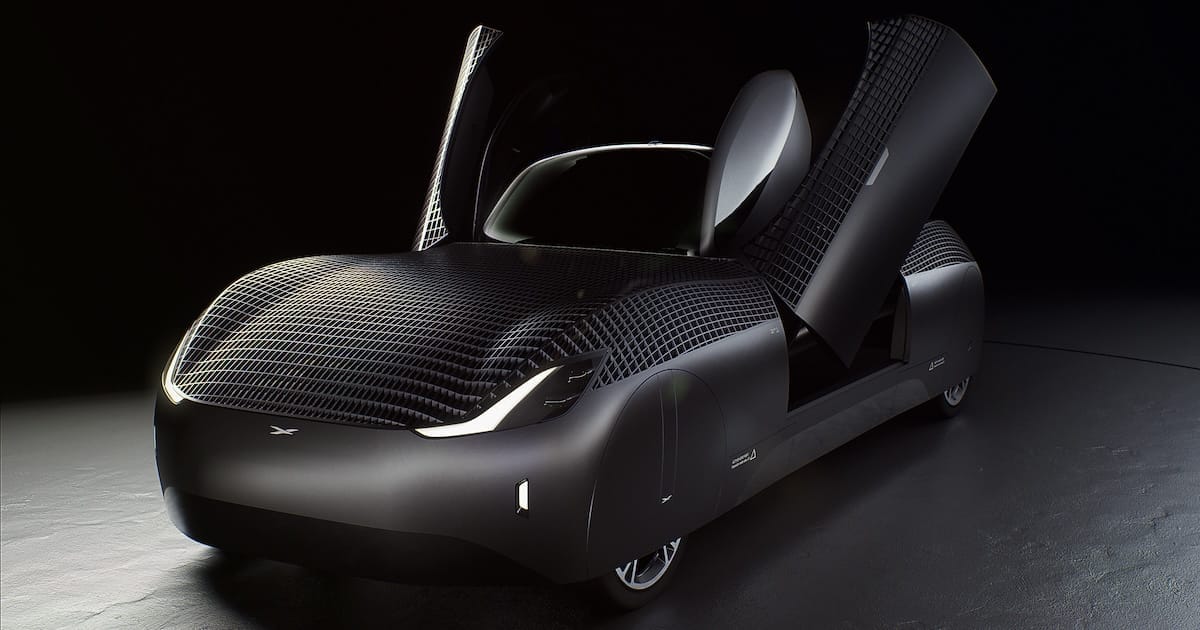
“We wanted flying cars, instead we got 140 characters.” — Peter Thiel, 2013
Hands down, that’s one of the best quotes out of Silicon Valley in the last 20 years.
Aside from being hilarious and stating the obvious, it actually highlights one of the most important truths of venture capital (VC).
Most venture capitalists are chasing the easiest investments that have the potential for shorter-term returns. Very few are working on the moonshot ideas like flying cars.
Developing a software application capable of supporting 140 characters — and hosted at a datacenter — is a straightforward problem to solve. There’s really nothing special that needs to be invented, developed, or discovered.
But building the world’s largest rocket and spacecraft, like SpaceX’s Starship — capable of returning to Earth for reuse and radically lowering the costs of launching payloads to orbit — is a very hard engineering problem to solve.
The reality is that only about 28% of VCs have engineering degrees. And only about 40% have operational experience running a company.
So it’s not a surprise that VCs gravitate towards the “easier” kinds of investments. Easier to understand, less operational risk, shorter-term potential for return on investment.
I always found this ironic. After all, venture capital is supposed to be risk-tolerant, patient capital. So often, we see the opposite.
I’ve always respected those few who were willing to tackle the hard problems — VCs that share the visions and longer-time horizons of ambitious founders… and provide the kind of capital that can result in radical breakthroughs.
After all, the world wants limitless, cheap clean energy. Nuclear fusion is a hard problem to solve.
We want cures for cancer. The kind of personalized therapies required for that are no easy task.
Perhaps we even want to be able to take our families to space over spring break. The technology certain exists… but making it safer and affordable is the really hard part.
And who wouldn’t like a hypersonic flight from New York to Tokyo in under two hours? I, for one, can’t wait for that day to come.
And to Thiel’s point, where are the flying cars already?
For anyone interested, you can go right here and pre-order one today.
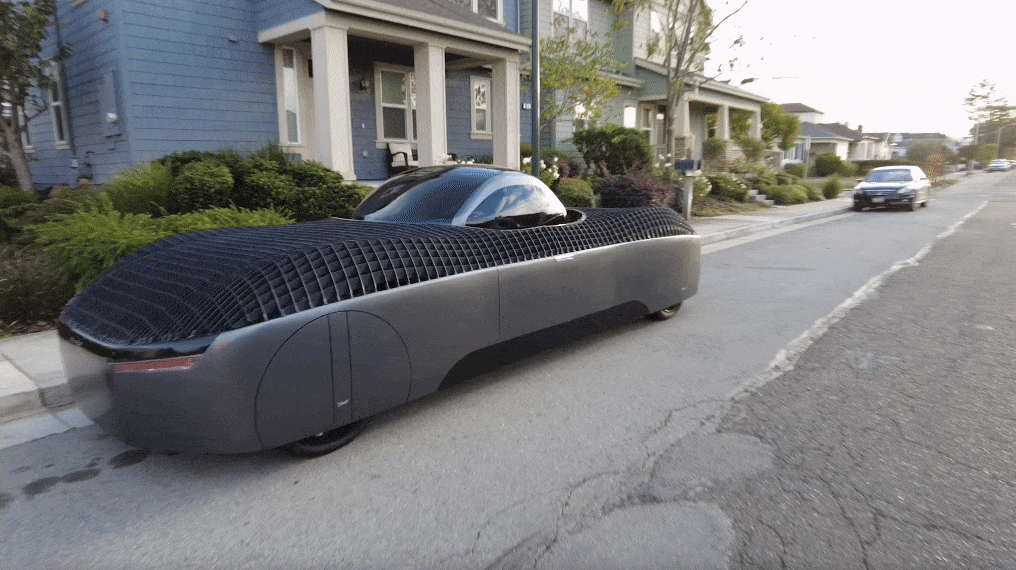
Pre-orders are now open, after Alef Aeronautics debuted its Model A flying car last week at the Mobile World Congress in Barcelona, Spain.
The list price is expected to be $299,999, and a Model A can be pre-ordered for just $150 down, or $1,500 for a priority pre-order.
And before you think I’m crazy or that this is a marketing gimmick, Alef has already taken in 2,850 pre-orders, which are potentially worth about $850 million in future revenue.
I wouldn’t be surprised if Alef has eclipsed $1 billion in future revenue from pre-orders by now.
This is the real deal. That’s an actual prototype photo above. And below is a useful video to show how the Model A transitions from the street to the air.
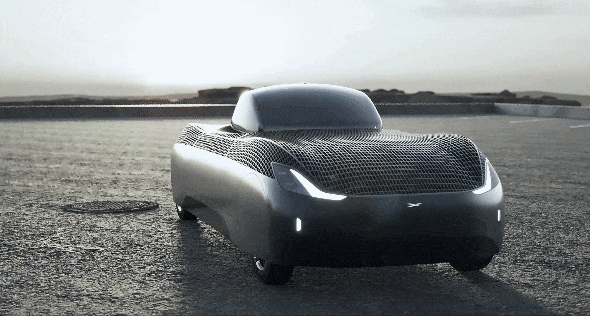
The frame of the vehicle’s body is a mesh, which allows for air intake. And the propellers are mounted inside of the frame.
As we can see above, the passenger cabin uses a gimbal design that rotates to keep the passengers upright when the flying car adjusts into forward flight mode.
An easy way to think of it is like the passenger cabins on a Ferris wheel. No matter where we are on the wheel, our seats always remain parallel to the ground.
How fantastic would that be?
The Alef Model A is a relatively normal, drivable car. It has a range of 200 miles and is 100% electric.
The difference of course is that it is capable of vertical take-off and landing. In flight, its range is 110 miles. It’s a careful tradeoff between range and keeping the vehicle/aircraft light for flight.
As crazy as this all sounds, and looks, it’s hard not to get excited about the convenience of it all.
Just imagine if we were able to “hop” over a major traffic event on a highway or surface road…
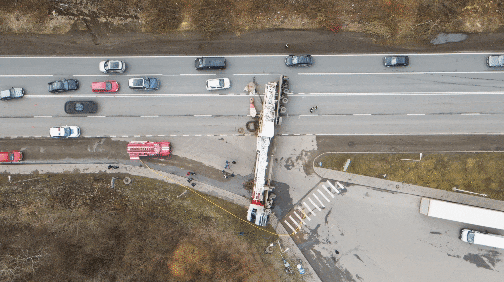
Or what it would be like to commute into the city, or through it for that matter.

How awesome would that be?
It reminds me of far less dystopian views of a future with flying cars, like what we’ve seen in the science fiction classics The Fifth Element and Bladerunner.
It’s an optimistic vision — definitely E/ACC, not decel. And it immediately begged the question:
Who shared Alef’s vision? Who is behind the capital that has backed the company?
The answer might surprise us…
None other than Elon Musk, who invested in Alef through SpaceX.
He must have given this some thought, or perhaps he just flipped a coin?
Should he invest through Tesla? Or through SpaceX? Is it an electric vehicle? Or an aircraft? Clearly it’s both.
To put Musk’s investment into even better context, in the last 20 years, SpaceX has only invested in, or acquired, 10 companies. His investment in Alef was made in 2022 in a rare move for the company.
And another early investor in Alef caught my eye. Legendary venture capital investor Tim Draper invested back in 2018… and again with Musk in 2022 through his Draper Associates Fund V. Draper was an early investor in both Tesla and SpaceX…
These two gentlemen have made smart investments for relatively limited capital. And they have the patience and shared vision to solve a hard problem like flying cars.
Musk has his hands full killing it right now with Tesla and dominating the elective vehicle (EV) industry — not to mention while also establishing a new space economy, overcoming disability, and manifesting AI. And let’s not forget saving free speech.
And flying cars are as much of a regulatory problem to solve as they are an engineering problem.
That’s why Alef is planning on getting air certifications in certain markets in Europe and Asia first. It will build up a safety track record, which will be useful with the Federal Aviation Administration (FAA) in the U.S. The first production Model As are planned for 2026.
And who better to build a (flying) electric vehicle than Musk and his team at Tesla?
Alef can continue to develop the technology, build the safety track record, and get regulatory air certifications around the world. And Tesla will be ready to manufacture…
And just like Tesla’s own strategy, it already has plans for a Model Z that will sell for $35,000 by 2030.
Do you think that’s a coincidence?
I don’t.
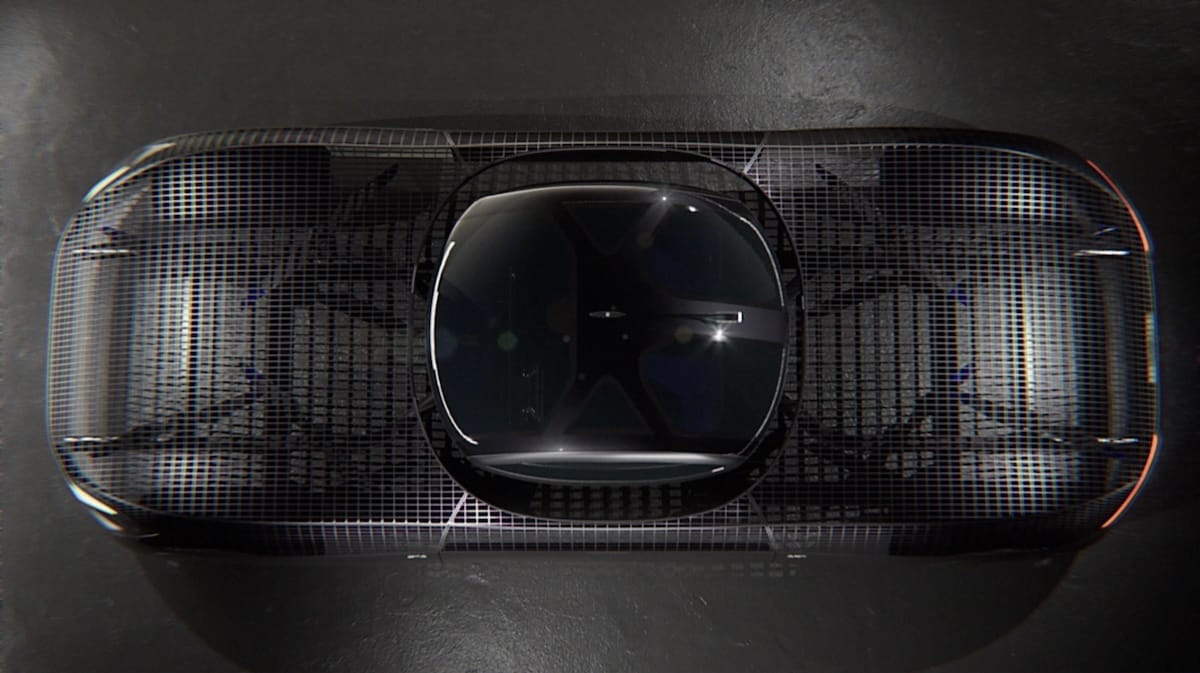
Inside: Premium Investment Research Report from Jeff Brown, CEO & Founder of Brownridge Research

New reader? Welcome to the Outer Limits with Jeff Brown. We encourage you to visit our FAQ, which you can access right here. You may also catch up on past issues right here in the Outer Limits archive.
If you have any questions, comments, or feedback, we always welcome them. We read every email and address the most common threads in the Friday AMA. Please write to us here.